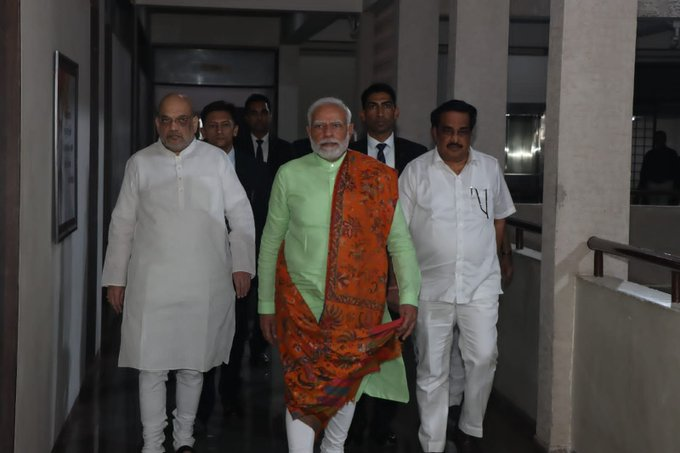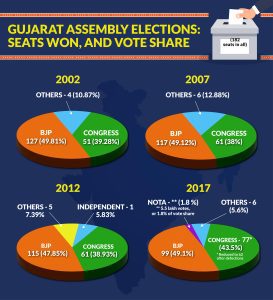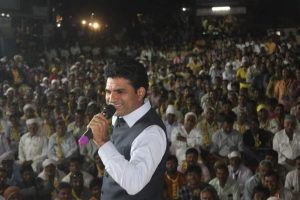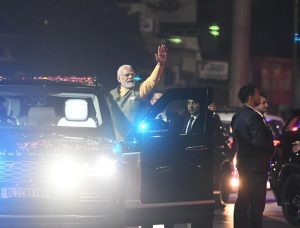
Gujarat: BJP poised to win, but seat share may be thorn in the flesh
Despite the BJP being in power in Gujarat for 27 years, its seat share has dropped systematically with every election since 2002, with a marginal decrease in vote share too

The BJP winning the Gujarat Assembly election appears to be a given, with most exit polls predicting a seventh consecutive term for the party. What remains an intrigue is the number of seats and vote share it will achieve. Despite being in power in the state for 27 years, the BJP’s seat and vote shares have dropped systematically with every election since 2002.
The Gujarat Assembly polls concluded on December 5, and counting is scheduled for December 8.
Falling seat share
In 2002, the year of the infamous Godhra riots, the BJP won 127 seats with a vote share of 49.85% in Gujarat. The Congress bagged 51 seats with a vote share of 39.28%.

In the 2007 state polls, the BJP’s seat share went down to 117 with a 49.12% vote share, while the Congress managed to shore up its number of seats to 61 with 38% votes. In 2012, the number of seats won by the BJP went further down to 115, with Congress managing to retain 61 seats with a 38.93% vote share.
In 2017, the BJP’s number of seats dropped to 99, with a 49.1% vote share, its lowest since 1995. Notably, this was the first year the party fought the polls without Narendra Modi as its chief ministerial candidate after he became Prime Minister in 2014.
The same year, the Congress bagged 77 seats with a 38.93% vote share. However, over the years, 15 MLAs of the Congress have defected to the BJP, reducing the party’s Assembly seats count to 62.
The AAP factor
This time, the poll equations in the state have turned much more complicated with the entry of the Aam Aadmi Party (AAP), making it difficult for traditional rivals Congress and BJP.

In 2017, the Congress led an aggressive campaign against the backdrop of the Patidar agitation. The party had projected three youth leaders — Alpesh Thakor, an OBC leader from North Gujarat, Dalit leader Jignesh Mevani, and Hardik Patel, who led the Patel agitation in 2015.
This year, the party has been mostly low-key in its campaigning, depending mostly on its local leaders while going to its basic theory of KHAM (Kshatriya, Harijan, Adivasi and Muslim). It was a policy floated by former Chief Minister Madhavsinh Solanki to bring the four communities under one electoral umbrella. The policy helped the party win 149 seats in 1985 — the highest any party has won in Gujarat so far.
Discord in party
The BJP relied on Modi, the party’s star campaigner, to woo votes in Gujarat this year, too. The party changed its chief minister last year, fearing anti-incumbency. It replaced Vijay Rupani with first-time MLA Bhupendra Patel, which also helped the party woo the Patel vote bank.

However, the BJP faced rebellion within the party owing to its decision of not fielding candidates over the age of 50, barring a few exceptions, and fielding multiple Congress turncoats as its candidates. It resulted in the suspension of several veteran leaders ahead of the polls.
AAP, which has been replacing the Congress as the opposition, led a high-decibel, star-studded campaign. This would be the second state polls the party is contesting in Gujarat. In 2017, AAP fielded 29 candidates, all of whom lost their deposits.


